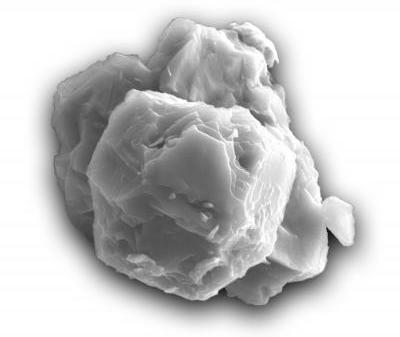Ancient stardust in meteorite is older than Earth
Paul Scott Anderson in SPACE | January 20, 2020
Grains of stardust â particles left behind by star explosions â in an Australian meteorite are now the oldest known material on Earth. A new study suggests this stardust came to be long before our sun ever existed.

Scanning electron microscope image of one of the clumps of presolar grains, or stardust. Image via JanaÃ*na N. Ãvila/ EurekAlert!. |
As the saying goes, we are all made of stardust. Itâs true. The elements in our bodies â oxygen, carbon, nitrogen, calcium and so on â are made in the thermonuclear furnaces of stars. When scientists speak of stardust, or cosmic dust, theyâre speaking of the leftover tiny particles from dead stars that exploded as supernovae. This stardust later goes into forming new stars, planets and moons, including those in our own solar system. It goes into the solar systemâs debris, the asteroids and comets, and ultimately into meteorites, or rocks from space that find their way to Earthâs surface. Now scientists at the Field Museum in Chicago have found the oldest known samples of stardust in a meteorite that landed in Australia. The meteorite is estimated to be 5 to 7 billion years old. The stardust samples are the oldest material ever discovered on Earth. This dust is even older than our solar system.
The new peer-reviewed study was published in Proceedings of the National Academy of Sciences on January 13, 2020.
Philipp Heck, a curator at the museum and lead author of the paper, said in a statement:
This is one of the most exciting studies Iâve worked on. These are the oldest solid materials ever found, and they tell us about how stars formed in our galaxy.
These particles, also known as presolar grains, are indeed really, really old. They formed long before our sun ever existed. As Heck commented:
Theyâre solid samples of stars, real stardust.














 Reply With Quote
Reply With Quote